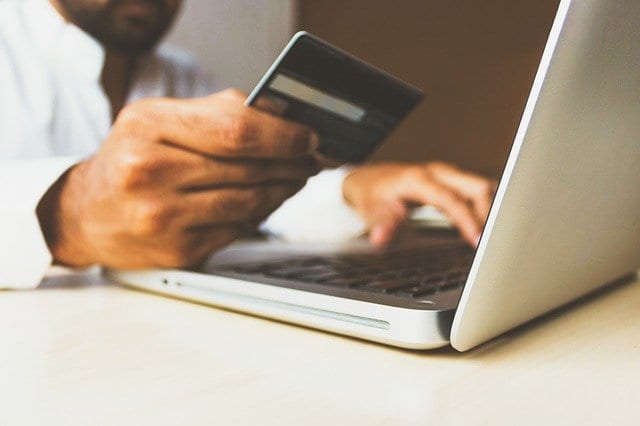Credit cards are a means of making cashless payments through plastic cards that people can use to make online and offline purchases.
People prefer to swipe or tap their credit card at the point of sale and avoid physical contact and exchange of money during the pandemic times. Credit cards are an extremely popular mode of payment and offer several other benefits as well.
According to a report, the total credit card base in the country stood at 67.6 million in the year 2021, which is a yearly growth of 12.4%.
Even with the steady increase in the number of credit card users in the country, there are still several people who do not know how credit cards work.
Credit cards are a welcome replacement for cash, which has intrinsic problems like the chance of theft, tearing/soiling of notes, forged notes, etc.
Here is everything you need to know about the credit card payment system.
Terms to know about the working of a credit card
Before understanding how credit cards work, it is necessary to know a few terms related to how a credit card works. These terms are:
- Interest: Interest is the most crucial term to understand while using a credit card. Credit cards work on the ‘buy now, pay later’ modus operandi. It means the cardholder takes a kind of a loan from the card issuer when he makes a payment using his credit card.
Like every other loan, credit card payments have an interest quotient that is chargeable. However, the customer needs to pay this interest only if the cardholder does not pay the entire balance amount at the end of the billing cycle.
The card issuer charges the interest on the unpaid balance every month. For example, a monthly interest of 2% amounts to an annual interest of 24%.
- Billing cycle: The billing cycle is the period for which the issuer generates the bill. All the transactions a cardholder makes on his credit card within a billing cycle reflect in the next credit card statement.
A cardholder who purchases early in the billing cycle has more time to pay for the transactions. The billing cycle starts the day the issuer activates the card. The initial balance on a credit card is zero. However, it may include a few upfront charges.
- Credit limit: A credit limit is the spending limit that the cardholder cannot exceed. It is the maximum amount of money a credit cardholder can spend using his credit card.
The card issuer usually denies the transaction if the cardholder tries to make a payment beyond the credit limit on his card. The credit card issuing company sets the credit card limit based on several factors. These include:
- The credit score of the customer
- Income level of the customer
- Other financial obligations and loans of the customer
- Payment and credit history
The card issuer may increase the credit limit on a credit card if the customer has a reasonable credit history.
- Minimum payment: Minimum payment is the minimum amount of money a cardholder must pay on his credit card bill. Non-payment of the minimum amount may lead to a fee, and the issuer carries forward the balance amount above the minimum amount along with the applicable interest fees.
- Balance: Balance is the amount of money a cardholder has spent using his credit card but has not paid it back yet.
How online credit card payment system works
When a customer makes an online purchase, the seller usually asks for the following information:
- He has to enter his 16-digit card number.
- The seller also asks for the expiration date of the credit card.
- Next, the customer has to enter the CVV.
- After this, he has to enter his name, as given on the credit card.
- Some sellers may also ask for the address for billing or a question for identity verification
Once the customer has entered all the above-mentioned information, he has to click the paid sign.
When he clicks the paid sign, his bank gets the information through a payment gateway.
For security purposes, the bank authenticates the transaction. For this, it sends a one-time password to the registered mobile number or email address of the cardholder.
The customer has to enter this OTP and if the OTP is correct, the payment gets completed.
Conclusion
A cardholder who understands the working of a credit card can use it intelligently to avoid a late fee and interest charges on his card. Customers are also advised to be fully aware of the credit card features like reward points, cashback, discounts, movie tickets, etc., to get the maximum benefit out of their credit cards.

